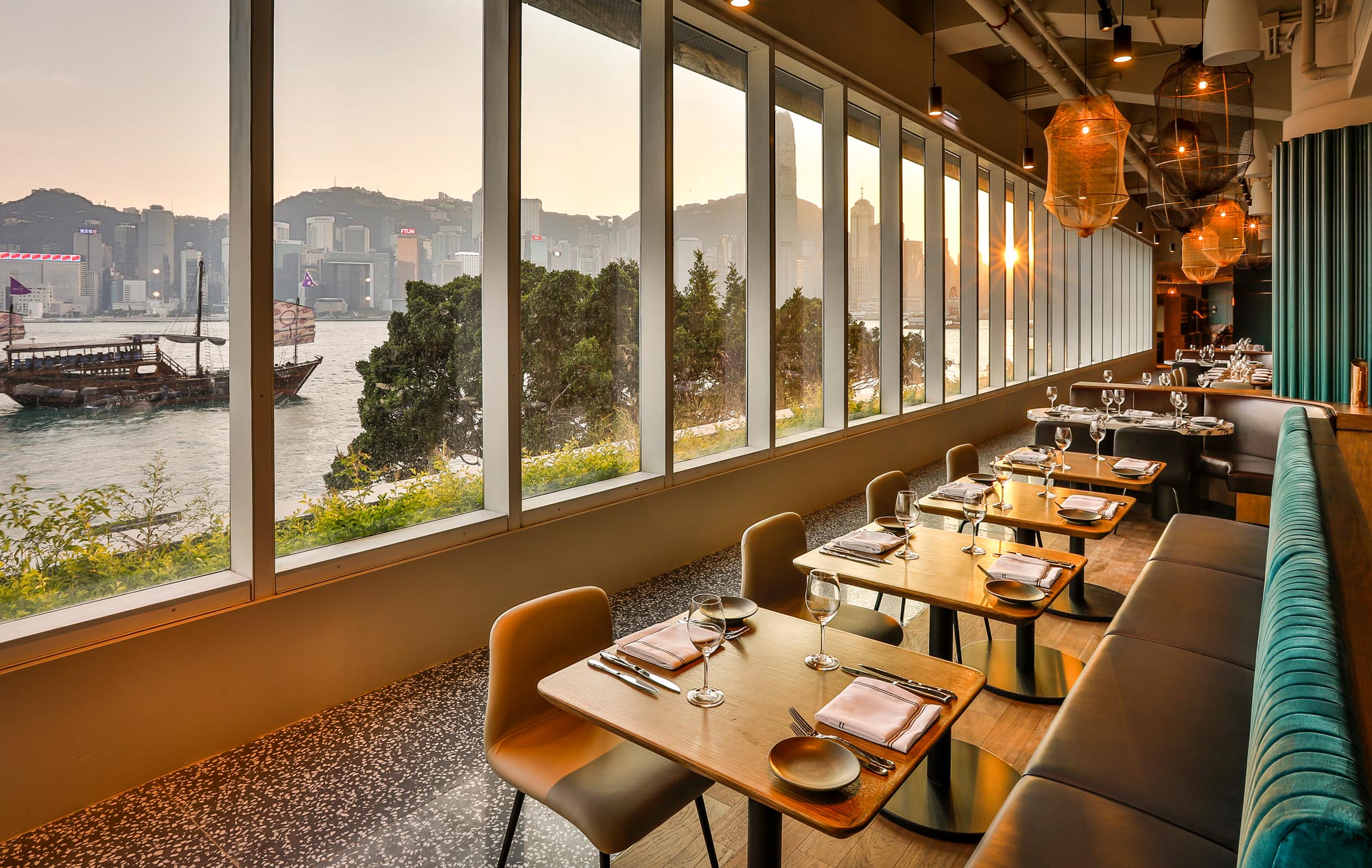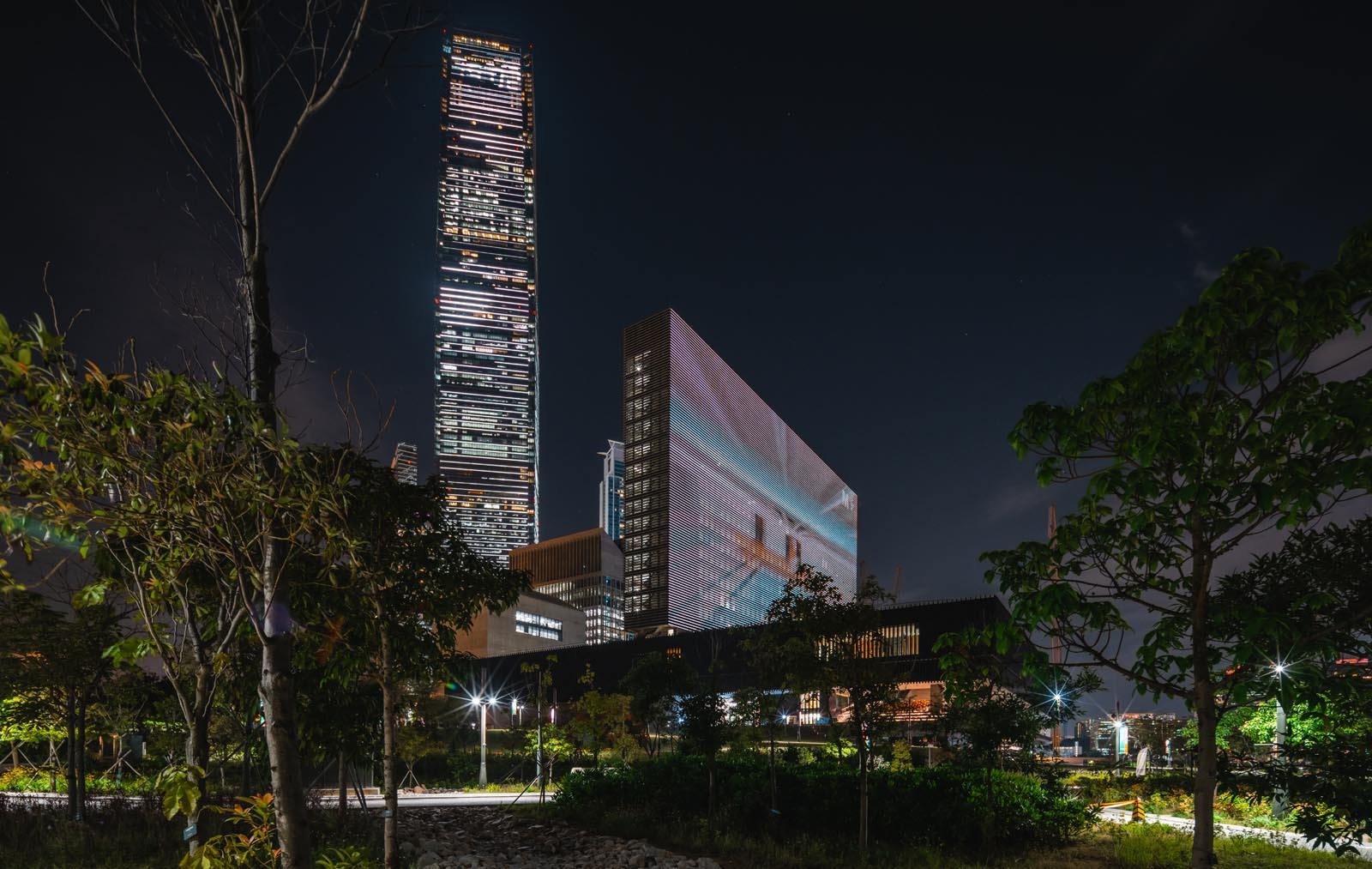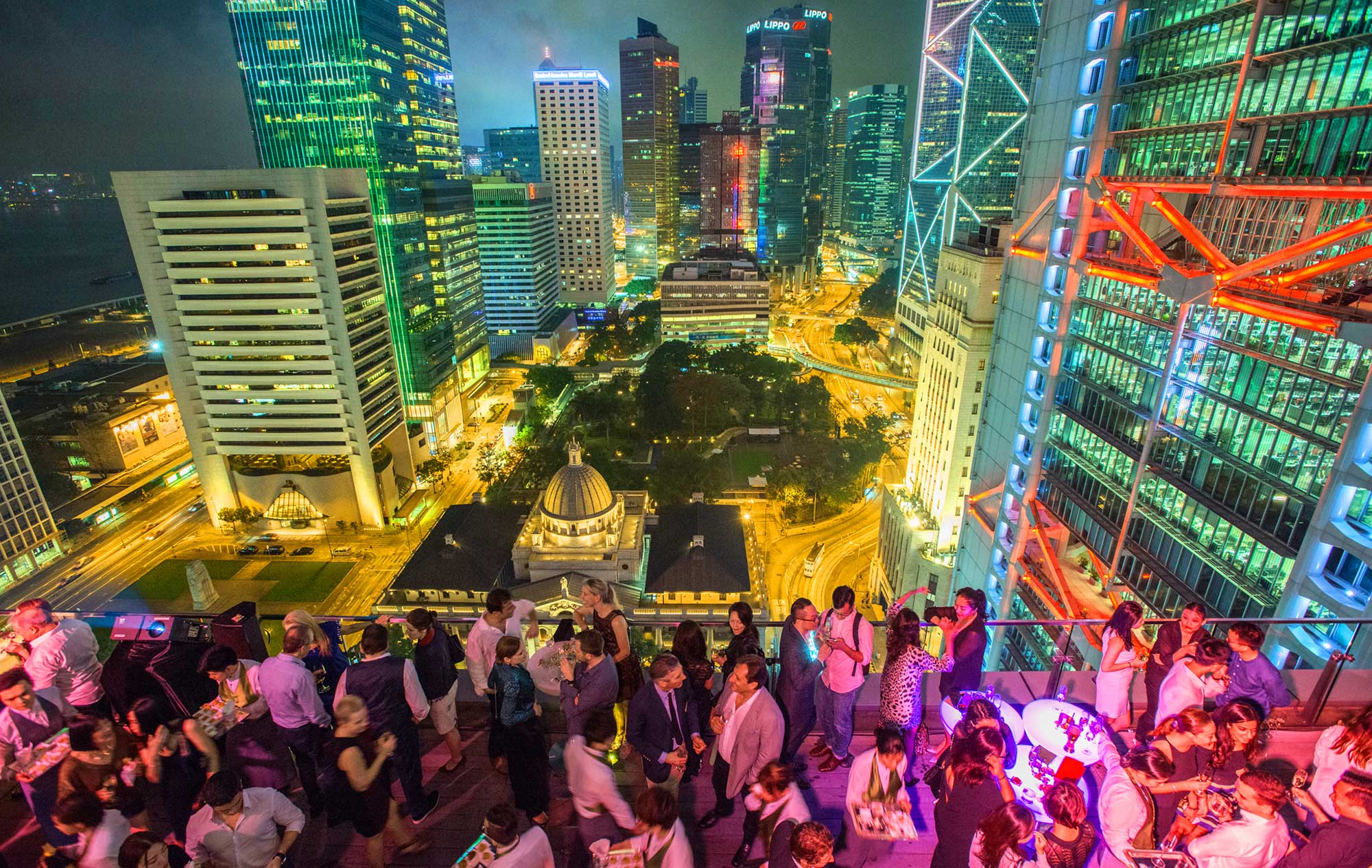Some directors don’t just work in a place; they define it. Think of Fellini’s Rome or Scorsese’s New York. Then there are those auteurs with well-worn passports, moving around the world in search of something more than an exotic backdrop. Here are 11 storytellers whose careers transcended national borders: directors who took audiences into new worlds.
Jackie Chan
Hong Kong’s ultimate cinematic traveller happens to be one of its greatest showmen. In the late 1980s and throughout the ’90s, Chan constantly one-upped himself with big-budget action extravaganzas that exposed hometown audiences to exotic places around the world. Armour of God alone was filmed in seven countries. Its sequel, Operation Condor, took him to Spain, Morocco and the Philippines. He flew over Kuala Lumpur while dangling from a helicopter in Police Story 3, then dispatched bad guys in South Africa and the Netherlands in Who Am I? Chan’s globetrotting adventures in that decade alone could fill an entire travel book.
Ridley Scott
Since taking audiences on a terrifying odyssey through space in Alien, the director has become one of the best-travelled directors in the world – both on and off-planet. Scott filmed Black Rain on location in Osaka, Japan, transformed Malta into ancient Rome in Gladiator and took audiences on the ultimate girl-power road trip through the US in Thelma & Louise. The futuristic sets of Blade Runner were based on the cityscapes of Hong Kong and Tokyo in the 1980s. He also turned the desert of Wadi Rum into Mars in The Martian, and used the wilderness of Iceland and New Zealand to transport us to unseen worlds in the two Alien prequels, Prometheus and Alien: Covenant.
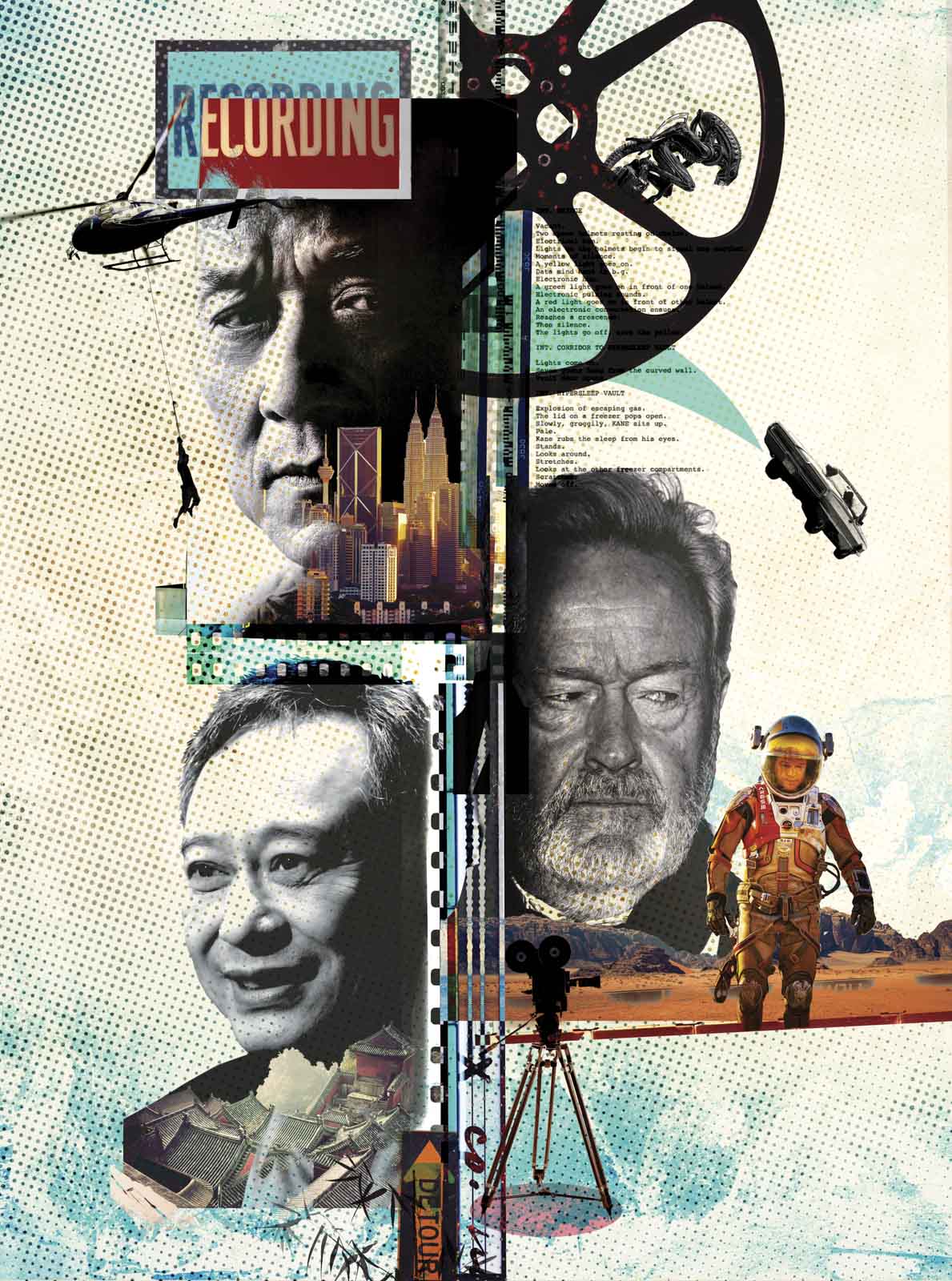
Ang Lee
The Oscar-winning director was born and raised in Taiwan, but he studied directing at New York University’s prestigious film school. After filming his Father Knows Best trilogy – Pushing Hands, The Wedding Banquet and Eat Drink Man Woman – in both the US and Taiwan, Lee defied the assumptions surrounding Asian-American directors with a diverse range of films set all around the world. He tackled 1800s England with Sense and Sensibility, examined 1970s life in the northeastern US with The Ice Storm, adapted a classic Chinese martial arts novel with Crouching Tiger, Hidden Dragon and even told the fantastical story of an Indian boy and a tiger at sea with The Life of Pi.
David Lean
One of the quintessential directors of the classical Hollywood epic, Lean’s 40-year-plus career included small-scale dramas such as Brief Encounter, as well as large-scale extravaganzas like The Bridge on the River Kwai (set in Thailand but filmed in Sri Lanka), desert epic Lawrence of Arabia (filmed in Jordan, Morocco and Spain), Russia-set classic Doctor Zhivago (shot in Canada and Spain) and A Passage to India (shot mainly in Karnataka).

Baz Luhrmann
While the Australian director shot all of Moulin Rouge! on a set in Sydney, the popularity of the musical renewed interest in the Parisian neighbourhood of Montmartre. Expectations were so high for his big-budget blockbuster Australia that Tourism Australia worked with Luhrmann and his studio on a major tourism campaign, called See the Movie, See the Country. But also check out Luhrmann’s breakthrough feature, Strictly Ballroom, for a much less epic but far more acutely observed view of ordinary inner-city Australia.
Wong Kar-wai
While Jackie Chan showed off exotic lands to Hong Kong audiences, Wong Kar-wai showed Western audiences a new side of Hong Kong with his arthouse hits. Chungking Express was a dizzying ride through Chungking Mansions in Tsim Sha Tsui and the Soho area of Central. Though mostly filmed in Bangkok, both In the Mood for Love and 2046 were grand, romantic recreations of 1960s Hong Kong. He also filmed martial arts drama Ashes of Time in the Gobi Desert, set his gay drama Happy Together almost entirely in Argentina and took on the American road movie genre with My Blueberry Nights.
Sofia Coppola
Sofia Coppola turned the cafe overlooking Tokyo’s Shibuya crossing into a tourist attraction with Lost in Translation. The film changed the Western idea of Tokyo, reinventing it as a hip metropolis that is at once intimate and exotic. Coppola – daughter of Godfather director Francis Ford Coppola – gave a similar treatment to the Chateau Marmont hotel in Los Angeles in Somewhere, and she filmed Marie Antoinette with unprecedented access to the Palace of Versailles.
Werner Herzog
The German director is best known for films that examine the clash between man and nature. In addition to his Amazon-set epics Aguirre, the Wrath of God and Fitzcarraldo, Herzog has also directed documentaries set in France’s Chauvet Caves (Cave of Forgotten Dreams), the US state of Alaska (Grizzly Man), Russia (Happy People: A Year in the Taiga) and Antarctica (Encounters at the End of the World).
Bernardo Bertolucci
The Italian director, who died late last year, made some of his most famous films outside his home country. Last Tango in Paris and The Dreamers were set in the French capital, while The Last Emperor was the first Western movie to obtain official permission to film in Beijing’s Forbidden City. In addition, The Sheltering Sky was mostly filmed in the desert of Morocco and Algeria, and his 1993 epic Little Buddha was filmed on location in Nepal and Bhutan.
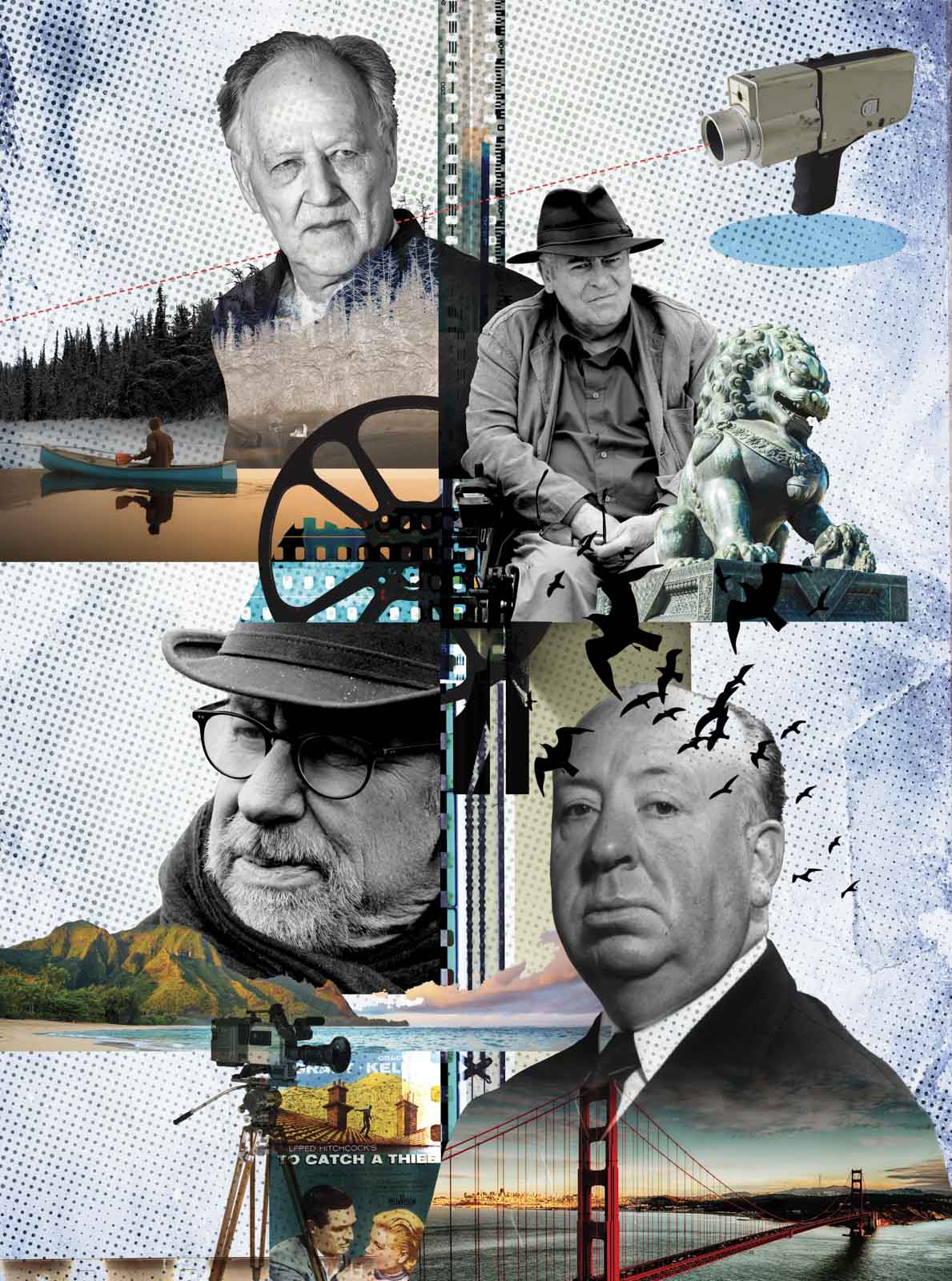
Steven Spielberg
The father of the modern blockbuster transformed Hawaii into a theme park populated by dinosaurs in Jurassic Park, recreated a divided Berlin in Bridge of Spies, used many real locations in Poland for Holocaust drama Schindler’s List, and took audiences on globetrotting adventures through Tunisia, Sri Lanka, London, Spain’s Tabernas Desert and the US state of New Mexico with the Indiana Jones series. He even made the ultimate airport film with The Terminal, about a man forced to live inside an airport terminal.
Alfred Hitchcock
Not only did the Master of Suspense create one of the most iconic San Francisco films of all time with Vertigo, he also turned Bodega Bay – 100 kilometres north of the city – into a stage for one of the scariest wildlife attack films ever with The Birds. Hitchcock’s Strangers on a Train depicts a journey across the continental US, while no film captures the decadent French Riviera better than To Catch a Thief. He also created the globetrotting adventure The Man Who Knew Too Much, which included sequences filmed in Morocco and London’s Royal Albert Hall.





